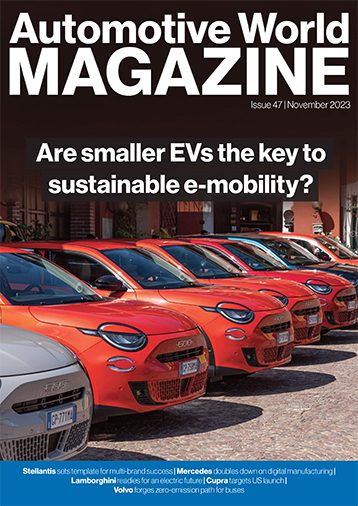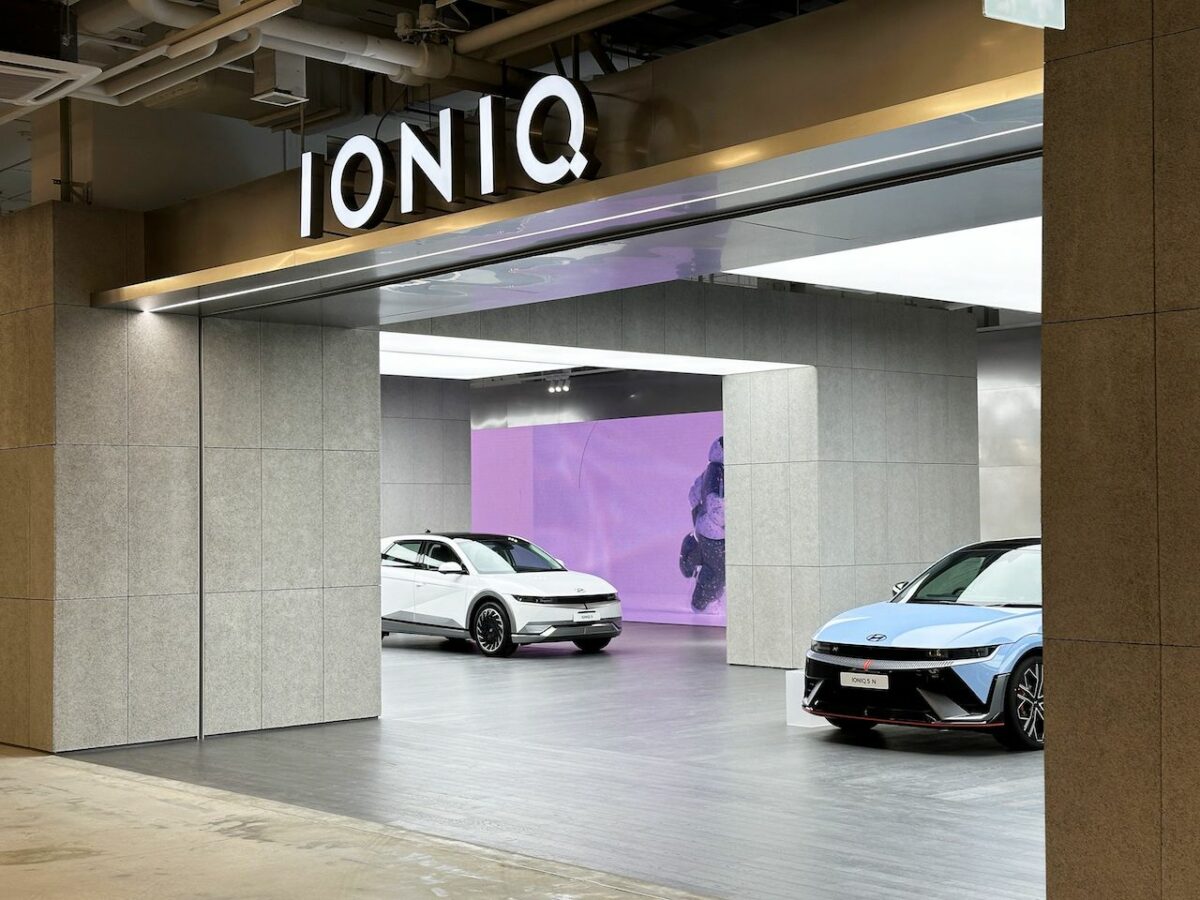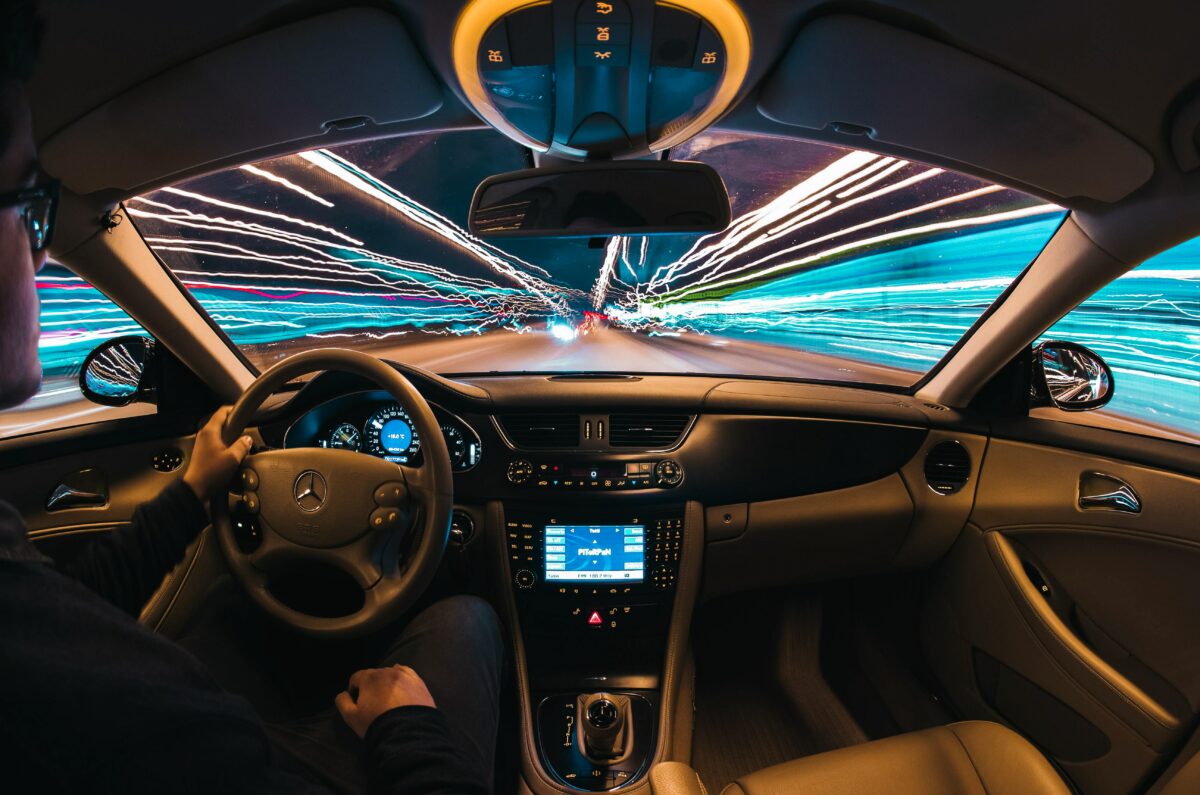In April 2023, Viavi Solutions’ seventh annual ‘State of 5G’ report found that 5G networks are now active in 67% of the world’s largest economies by GDP. In total, 2,497 cities in 92 countries have commercial 5G networks—up from 1,947 in 72 countries the previous year—and 23 countries are trialling the technology. The US and China are currently leading uptake, with 503 and 356 5G connected cities respectively.
As adoption grows, the automotive industry will be able to leverage 5G’s high capacity, low latency, and increased bandwidth to transform connected mobility. This change is expected to take place over the proceeding decade: valued at US$2bn in 2023, Future Market Insights forecasts that 5G in automotive and smart transformation will be worth US$42bn by 2030.
But what path will its development take, and how could technology licence agreements help facilitate continuous automaker innovation?
A critical moment
“5G technology presents many opportunities,” Michael Hafner, Vice President, MB.OS Base Layer & MBUX at Mercedes-Benz, tells Automotive World. These include fast data connections to enable over-the-air (OTA) updates, in-cabin video streaming and gaming, and vehicle-to-everything (V2X) communication that could prove crucial in the development of autonomous vehicles. Mercedes-Benz’s 2023 E-Class saloon is its first model to feature 5G, with Hafner stating that “more carlines with follow shortly.”
Although enthusiastic about its possibilities, Hafner believes that 5G network infrastructure remains a limiting factor in terms of scaling up the technology’s applicability. Indeed, as of January 2023, there are only 45 standalone (SA) 5G networks globally—these are independent of and possess greater performance than non-standalone (NSA) 5G using 4G infrastructure. “Evolving from NSA to SA affects our hardware and therefore needs time to be implemented,” he says.

Laurie Fitzgerald, Senior Vice President at US patent platform Avanci, agrees that 5G is still relatively nascent compared to 4G but also emphasises that automotive industry interest in the technology is reaching a critical moment. “25 OEMs have confirmed plans for in-vehicle 5G so far. Before the end of the decade, we could start to see new 5G vehicles outsell new 4G vehicles.” As more 5G SA networks become available, automakers will need the ability to pivot quickly.
It is for this reason that she believes a new technology licensing programme could play an important role in laying the foundation for automotive 5G. In August 2023, Mercedes-Benz became the first automaker to sign a 5G licensing deal with Avanci, which it will use in its vehicles in Germany. One month later, BMW became the second licensee.
Simplifying 5G licensing
Because global cellular communication is underpinned by an ecosystem of technologies from a multitude of companies, standards are necessary to ensure products can work together harmoniously. These standards require innovations to be shared openly with the entire telecom industry, so it is through patents that individual companies can recoup R&D expenditure. Subsequently, for an automaker to access new 5G technology, it would need to strike individual agreements with scores of providers.
As an alternative, Avanci’s licensing programme consolidates 62 licensors—including Panasonic, Samsung, Sony, and Siemens—into one simplified agreement at a fixed cost per vehicle that enables automakers to use the standard-essential patented technology necessary for 5G. The company’s concept, explains Fitzgerald, is to create a “one-stop-shop” that keeps OEMs fully up to date on 5G advances for the duration of the agreement—new patents and licensors are added automatically.
In addition to 5G, the licence also covers all standard-essential patents for 4G, 3G and 2G, including cellular vehicle-to-everything (C-V2X) technology. Fitzgerald believes this flexibility is important during the industry’s transition from 4G to 5G—adoption of the former may not slow appreciably for at least the next five years. “Even if some automakers don’t have solid plans for rolling out 5G yet, including it as part of a broad licence gives them the option to access relevant technology and then pivot when their strategy allows.”
Helping 5G flourish
“Of course, Avanci’s solution is just an option for those that want to access 5G more easily,” she adds. “If automakers prefer to set up their own agreements, they can still do so.” However, more than 80 automotive brands currently use Avanci’s 4G licence. Mercedes-Benz’s early adoption could indicate that simplification will remain important in the 5G connected mobility space. Indeed, Hafner highlights that the licence grants the automaker a higher level of “freedom” in the scope of its continuing 5G innovation.
Patent owners and automakers both need more R&D time to develop 5G and improve vehicle connectivity
In addition to re-emphasising the “large potential” of 5G for enhanced in-vehicle entertainment and OTA, Hafner states that standalone 5G will allow Mercedes-Benz to explore network slicing and non-terrestrial-networks. The former could be used to create custom virtual networks for specific traffic use cases, while the latter will “potentially be a big step” towards wider coverage and a more complete connection between user devices, vehicles, and satellites. He does not provide any details on specific future features or enhancements. However, 5G’s significant potential in improving road safety could hint at for the industry’s broader direction.
From Fitzgerald’s perspective, the most important thing is that automakers aren’t restricted in pursuing 5G innovation in vehicles by technology licensing issues. “Patent owners and automakers both need more R&D time to develop 5G and improve vehicle connectivity. By making the points where those industries intersect smoother, automotive 5G can flourish.”




